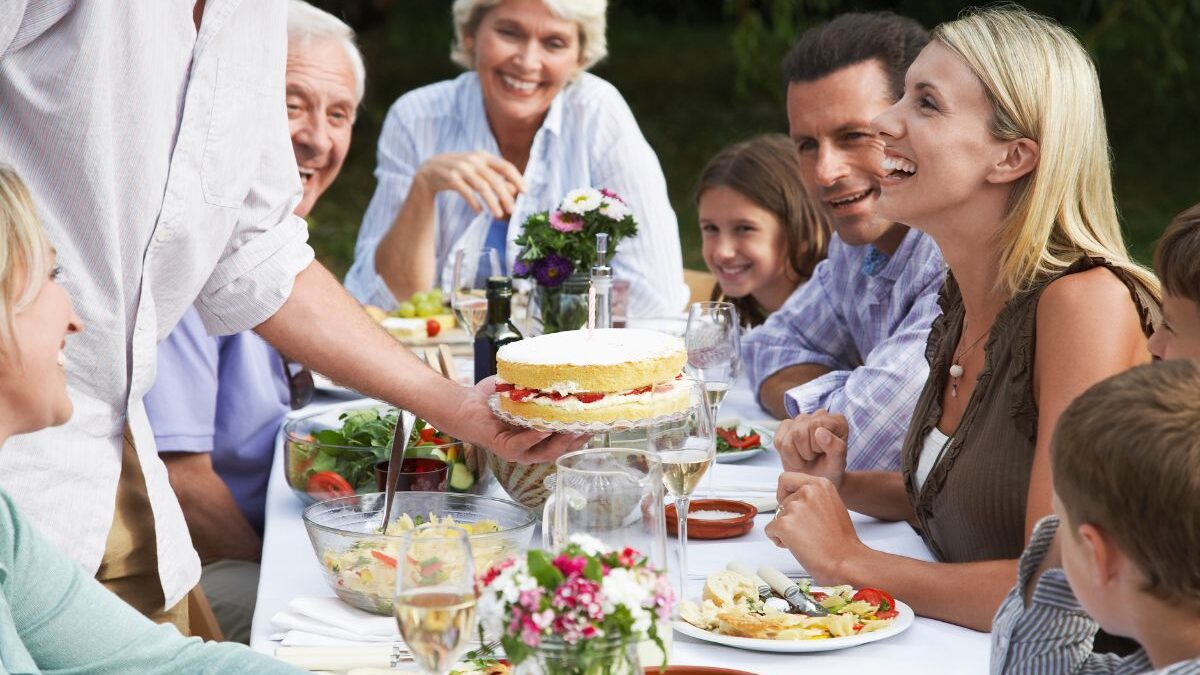Family reunions are a wonderful way to reconnect with loved ones, reminisce about the past, and create new memories. However, planning and hosting a family reunion can be a daunting task. From finding the perfect location to keeping everyone entertained, there are many things to consider. And reunions are not just for families anymore; often groups of dear friends – school and college friends, old neighbors, and old co-workers – who have gone their separate ways are reuniting to share in the conversation of those beloved to them. Reunions can range from simple picnic potlucks to lavish destination gatherings. Whether your event falls at one extreme, the other, or somewhere in between, there are a few arrangements that must be made.
In this blog, we’ll provide you with tips and advice for planning and hosting a successful family reunion. With our help, you can create an unforgettable experience that will bring your family even closer together. So, let’s get started on this exciting journey of planning and hosting a family reunion!
Set a Date.
A date should be chosen at least six months in advance. Once a date is established, you cannot deviate from it to accommodate someone. Not everyone will be able to make it; someone will have a conflict. However, sticking to a firm date allows everyone the opportunity to clear their calendars to attend the reunion. A firm date also allows those coming from afar to make travel arrangements. The one reason you might consider moving the date would be for a pre-planned family wedding; however, after the reunion has established a firm date, such as the last Saturday in July, then weddings will need to be planned around the reunion.
Choose a Location.
While the location need not be the same every year, it does need to be chosen at the same time the date is chosen. For families mostly concentrated in one area, there will be several local venues available. For those more dispersed, a destination gathering might be appropriate if most of the guests will already have to make travel arrangements.
Send Announcements.
Whether done via US mail or email, this must be done. Word of mouth is not always reliable. Imagine discovering from your parent – who was supposed to tell you months ago – that the family reunion has been moved and is in a mere six weeks. For families with a computer-savvy member, setting up a website might be an option. An email list is certainly a workable option for most families these days, but remember that paper announcements may need to be sent to older members of the family who do not have computers. Whatever the mode, send an announcement.
Plan the Menu.
Decide how food will be handled. Again, there are many ways to address this important topic. Digital sign-up sheets work well. One person can be responsible for keeping track of who is bringing what. This person can make suggestions as to what is needed and should send a reminder to those bringing items about two to three weeks before the gathering. Do not forget to include plates, cups, utensils, napkins, and ice. Your family might choose to set up a fund and have a few people responsible for purchasing meats, drinks, and ice for all. Other members would be responsible for bringing side dishes and desserts to share. Depending on your family and their budgets, catering might be an option; if this is the case, then the per-person charge needs to be included in the announcement.
Photographs.
You might consider hiring a professional photographer or enlisting a family member to act as the event photographer. If planning a group shot, you might want to request on the announcement, that everyone wears a specific color or colors of shirts. White always looks great; you might also choose red, white, and blue. If you do end up with a family website, then posting some pictures of past events would be a great idea.
Favors.
Reunion t-shirts are great favors for families to take away from reunions; they also look good in the above-mentioned group photograph. Guests, would of course, be expected to pay for their t-shirts; you can sell at cost or tuck in a bit of profit and use the money for next year’s reunion. You might have a t-shirt design contest each year. Picture frames are also a nice option for guests to later display a photo from the gathering.
Name Tags.
Be creative; don’t use the stock, “Hello my name is” tag. You might have pictures of the older family members printed on the tags so guests can see what part of the family you are from. For example, my grandfather and his brothers and sisters would be pictured on the tags. This makes a nice visual reminder as to exactly how you are related to this great new friend you have discovered.
Contact Information.
Gather the existing names, mailing addresses, phone numbers, and email addresses that you have for each attendee. Type it all up and have guests double-check and update their information at the event. When you start to plan the next get-together, you will be thankful.
Plan Future Ideas.
Bring ideas for next year’s gathering to the reunion. See how people feel about a different venue or a different menu. It is never too early to start planning the next event.
Hopefully, these ideas will get you on your way to planning your reunion. This is a big task and might be divided among a few people. Do not get so involved in the planning that you forget to take time to enjoy the party. Remember as long as folks get to see dear family members and friends, then the reunion has been a success!

